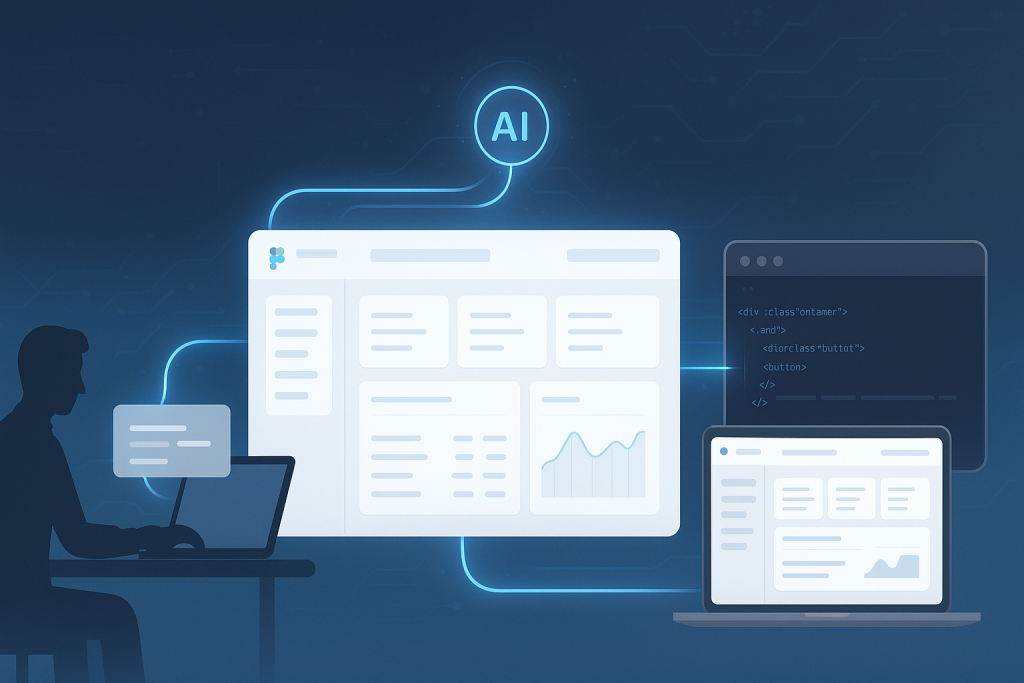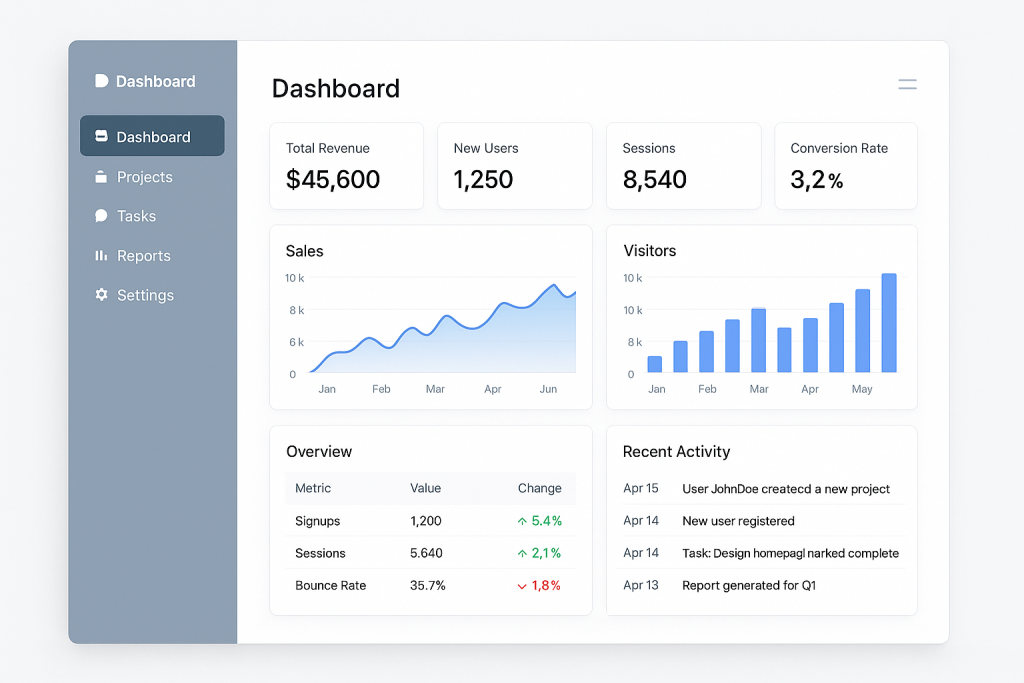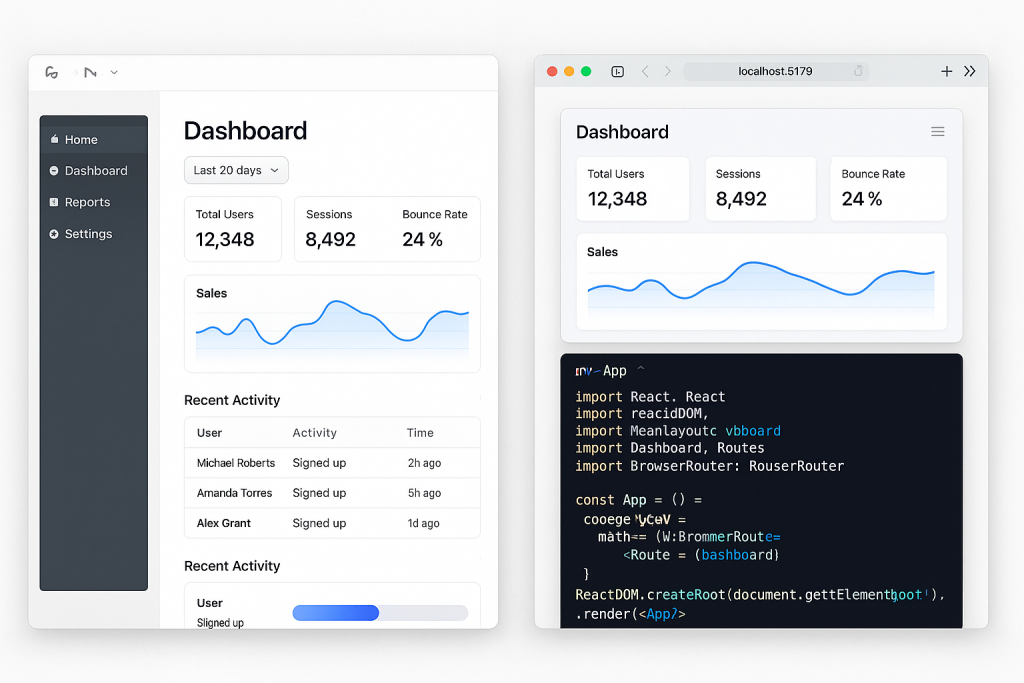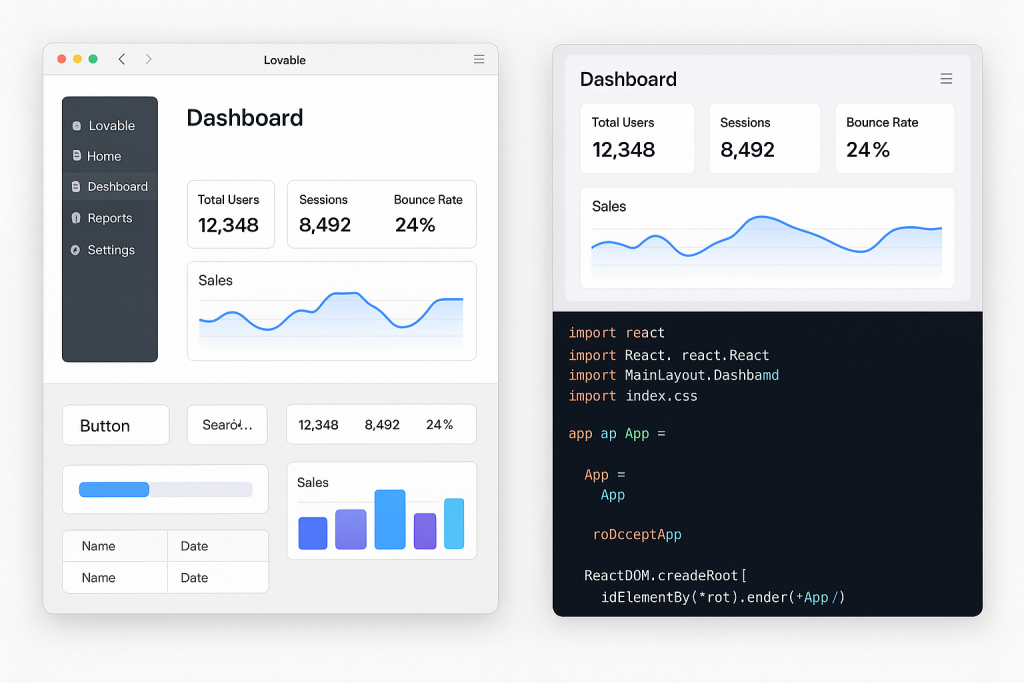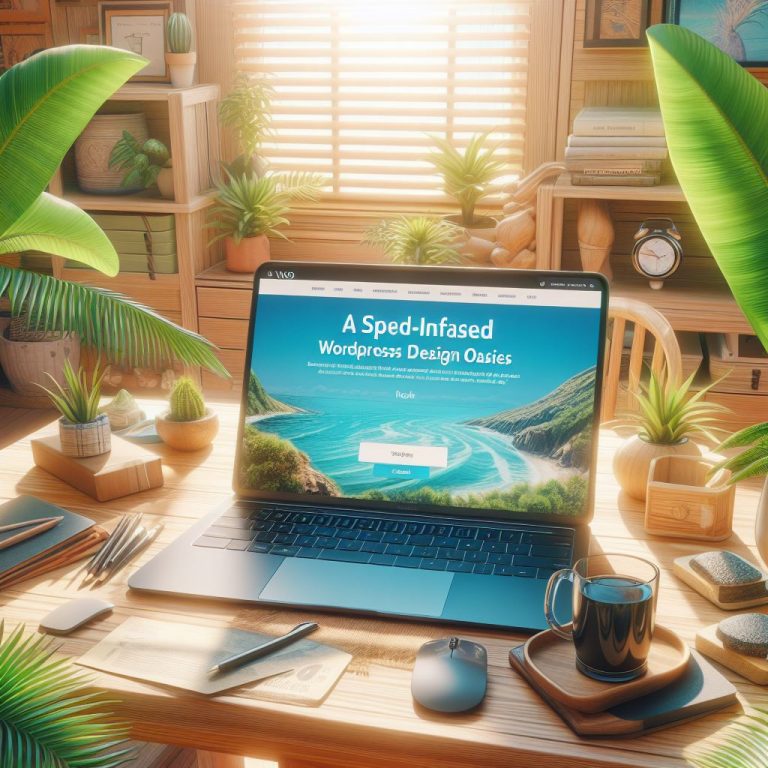We’re entering a new era of design. One where your creativity is no longer limited by your time, tools, or technical know-how. Artificial Intelligence is redefining the way designers work, and if you’re not already exploring tools like Lovable, Cursor, and other AI-powered assistants, you’re likely spending hours on tasks that could be done in minutes.
In this post, I’ll explore how these emerging tools can transform your workflow in Figma, help you build more consistent, scalable design systems, and drastically reduce your turnaround time from concept to clickable prototype.
The Friction in Traditional UI Design
Let’s face it, building a design system or functional prototype from scratch can be painstaking. Designers often juggle:
- Sketching out UI ideas
- Manually building components in Figma
- Writing basic logic or micro-interactions
- Testing responsive behaviour
- Communicating changes back to devs
Even the most skilled designers can find themselves in endless loops of iteration and feedback. This is where AI assistants can genuinely act as creative partners.
Meet the New Class of Design Sidekicks
AI tools are no longer just about writing copy or generating illustrations. Today, we’re seeing the rise of AI-powered apps purpose-built for product design workflows. Two standouts in this category are Lovable and Cursor.
- Lovable is a new design companion that turns prompts into full design ideas. It’s especially handy for generating layouts, UI patterns, and even starter design systems with a tone or aesthetic you specify.
- Cursor acts as a coding assistant, capable of building front-end components or quickly generating responsive code for design prototypes, bridging the gap between design and dev.
Used together – or even separately – they reduce manual labour and unlock a new way of working iteratively, often right within Figma or adjacent tools.
AI Meets Figma: Better Design Systems, Faster
When paired with Figma, these tools don’t just act as helpers, they become superchargers.
Here’s how:
1. From Prompt to UI
Say you’re designing a SaaS dashboard. With a tool like Lovable, you can describe your intent:
“Design a modern, clean analytics dashboard with a left-hand nav and a stats summary area with charts.”
In seconds, it delivers wireframes or hi-fi designs you can import directly into Figma. Instead of wrestling with layout ideas, you now spend more time refining, not inventing.
2. Component Creation at Scale
Design systems live or die by their consistency. With AI tools, you can quickly generate variations of components—buttons, forms, modals, based on style tokens or brand guidelines.
These are especially useful when:
- Prototyping new features
- Updating branding across a design system
- Scaling design libraries across products or platforms
Plus, tools like Cursor can generate the code counterparts instantly, keeping your dev handoff clean and efficient.
3. Faster Interactive Prototypes
Cursor (and similar AI dev tools) can be used to build working prototypes with live functionality. It can:
- Generate React or HTML/CSS code from your Figma components
- Add transitions or state-based logic
- Even simulate back-end data for realistic previews
4. Shorter Turnaround = More Iteration Time
The best part of shaving time off design execution is that you get more space for strategy and iteration.
Instead of spending 3 hours building out a screen layout manually, you can:
- Rapidly explore 3–5 variations with AI
- Test ideas faster with stakeholders
- Pivot early based on real feedback
This leads to better design decisions and a product that evolves quickly without compromising on polish.
Real-World Scenario: Building a Design System in 48 Hours
Recently, I wanted to mock up a new design system for a learning app refresh. Here’s how AI tools helped me go from zero to polished in less than 48 hours:
- Brainstormed UI directions in Lovable, pulling together consistent patterns.
- Imported screens into Figma to customise fonts, colours, and components.
- Used Cursor to generate working code samples for dev alignment.
- Created a basic design token system in Figma using AI-generated naming logic.
The result? A clickable prototype that looked and felt real, with enough clarity that the dev team could begin parallel builds.
The Future of AI + UI Design
AI isn’t replacing designers, it’s replacing repetitive, non-creative work.
In the near future, expect to see:
- Smarter Figma plugins that auto-suggest layouts, content, and accessibility fixes
- Real-time code previews that update as you design
- More collaboration between AI and human design intent, especially in motion and UX copy
Designers who embrace these tools now will be more agile, more strategic, and frankly, more competitive.
Final Thoughts
AI tools like Lovable and Cursor are transforming the way we design, from idea to interface, in record time. Whether you’re building a robust design system, iterating on UI, or delivering functional prototypes, they give you back your most valuable resource: time.
So next time you open Figma, ask yourself:
What could I offload to AI, so I can focus more on what really matters, creating meaningful experiences?
If you’re curious to see how these tools can supercharge your own design workflow, give them a test run. You might be surprised at how far a prompt can take you.

